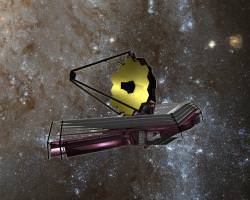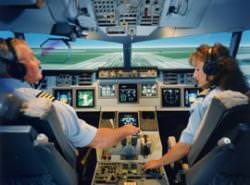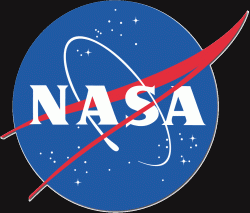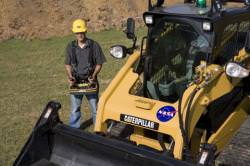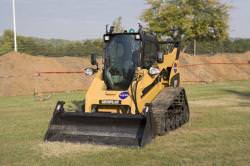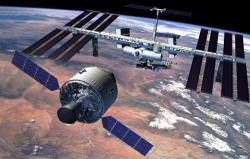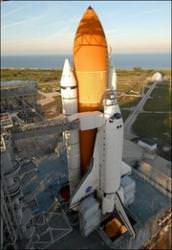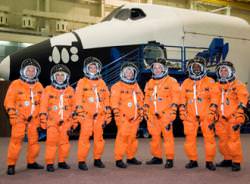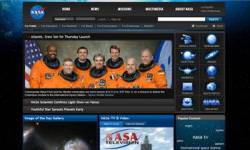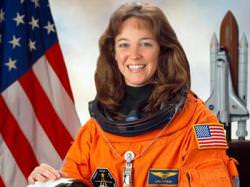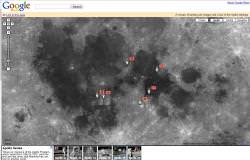As you’re probably aware, NASA has a lot of robotic explorers out there in space, and even more the works here on Earth. I was actually surprised to learn that they have 53 mission already in operation, and another 41 missions in development. But with the human exploration of the Moon charging forward, the robotic exploration missions are taking a bit of a hit. NASA administrator, Mike Griffin dropped the bad news in a press conference at the American Astronomical Society today. And then Associate Administrator Alan Stern picked up the pieces in a followup town hall meeting, explaining to scientists how they plan to move forward from here.
I won’t go too deeply into Mike Griffin’s presentation. Phil and Pamela captured the essence of the presentation quite nicely. Griffin hit us with the bad news about the deep cuts coming, and begged the community to try and stick together during these tough times.
After Griffin’s presentation, NASA Associate Administrator Alan Stern presented the state of robotic exploration and how the budget cuts will play out.
In opening up his presentation, Stern admitted that the Science Mission Directorate exploration program had suffered many setbacks, most of them self-inflicted through cost overruns. Over the last 5 years, the overruns have amounted to $5.7 billion. If these projects hadn’t gone over budget, the recent budget cuts might not have been necessary at all.
Stern emphasized his focus on holding project managers accountable for their budgets. Speaking to the research scientists in attendance at the town hall meeting, Stern said, “we’re going to get the project managers to toe the line and deliver projects on time and on budget so that we don’t mortgage your future.”
Of course, it’s unrealistic to think that there won’t be cost overruns. Overbudget and project management just go hand-in-hand.
The bulk of Stern’s presentation focused on how they would recover from the budget cuts. How they plan to rearrange the schedule to keep the spacecraft launching. This will be especially difficult with the James Webb Next Generation Telescope the lion’s share of the Science Mission Directorate’s budget.
Since April, though, they were able to get 5 new missions in the pipeline. And in one dramatic slide, Stern showed how the future mission pipeline has been improved. Many missions have been brought forward to launch several years ahead of schedule. Many mission will be launching this year, and the future launch schedule looks pretty decent too.
In responding to questions from the audience, Stern said that they have to deal with the current situation, and can’t hope for budget increases from Congress, “hope is not a strategy. We can hope that the Science Mission Directorate’s budget will be increased, but that’s not a strategy.”
Perhaps one of the most significant cuts in the last few years is the cancelation of the Terrestrial Planet Finder. This future mission would have had the power to observe atmospheres on Earth-sized planets orbiting other stars. Seeing ozone in the atmosphere of a distant planet would be a strong indication that there’s life there.
Although TPF has been scrapped, Stern said that the Science Mission Directorate is still committed to the search for exoplanets. One of these missions, the SIM Planet Finder has been mandated for completion by congress. With all the recent budget cuts, the money to work on SIM has to come from somewhere. And that somewhere is going to be other science missions.
Original Source: SMD Homepage

